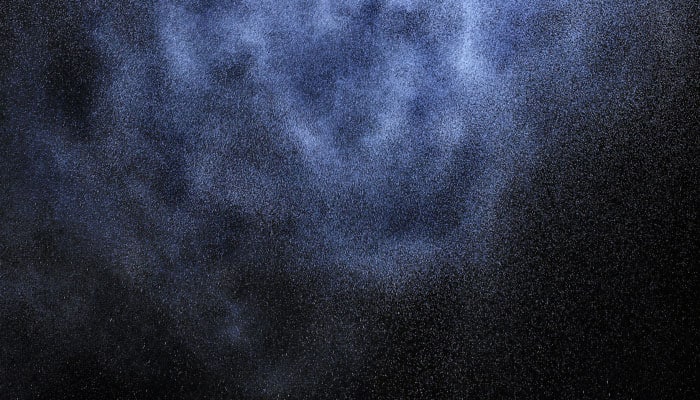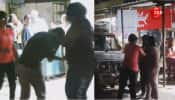London: The European Space Agency has sent samples of bacteria and yeasts that are used to make Kombucha, an ancient brew drunk for centuries in Eurasia, to space to understand what forms of life can survive beyond Earth.
Previous studies by ESA have shown that a surprising number of organisms can survive the harsh conditions of space, including tardigrades - also known as water bears - and lichens.
Last year ESA sent a new set of samples inside the Expose-R2 container on an 18-month trip in space.
The Expose-R2 facility is flying 758 samples grouped into four experiments, with the Kombucha cultures part of the Biomex experiment.
Expose-R2 is bolted to the outside of the International Space Station to test how organisms and their molecular structure react to the combination of unfiltered solar light, cosmic radiation, vacuum and temperature changes found in space.
Kombucha cultures protect themselves against adverse conditions by making a cellulose-based structure to resist high temperatures and radiation. The biofilm is thick enough to see with the naked eye, even though it is created by microorganisms.
Searching for signs of biofilms in our Solar System is easier than looking for the microscopic life that creates them and could still reveal microbial life beyond our planet, ESA said.
On the ground, Kombucha cultures are particularly robust when mixed with simulated Moon dust. The cellulose absorbs minerals from the lunar soil, protecting the culture even more.
In addition, microbial cellulose is a promising nanomaterial for the space industry and studying it in open space has practical value for new technologies.
Life as we know it on Earth is composed of molecules with carbon atoms. Among the hundreds of test samples on Expose-R2, many are of these organic molecules. Exposed to the Sun's high-energy ultraviolet radiation, many organic chemicals break down to form new ones.
While ozone protects us from the worst the Sun sends our way, but planets without atmospheres, asteroids and now Expose-R2 experience the full blast. It is possible that organic chemicals mix under Sun's radiation to form new compounds.
Researchers are eagerly awaiting the results of Expose-R2 but have to be patient: the samples will not be returned to Earth for analysis until next year.
















